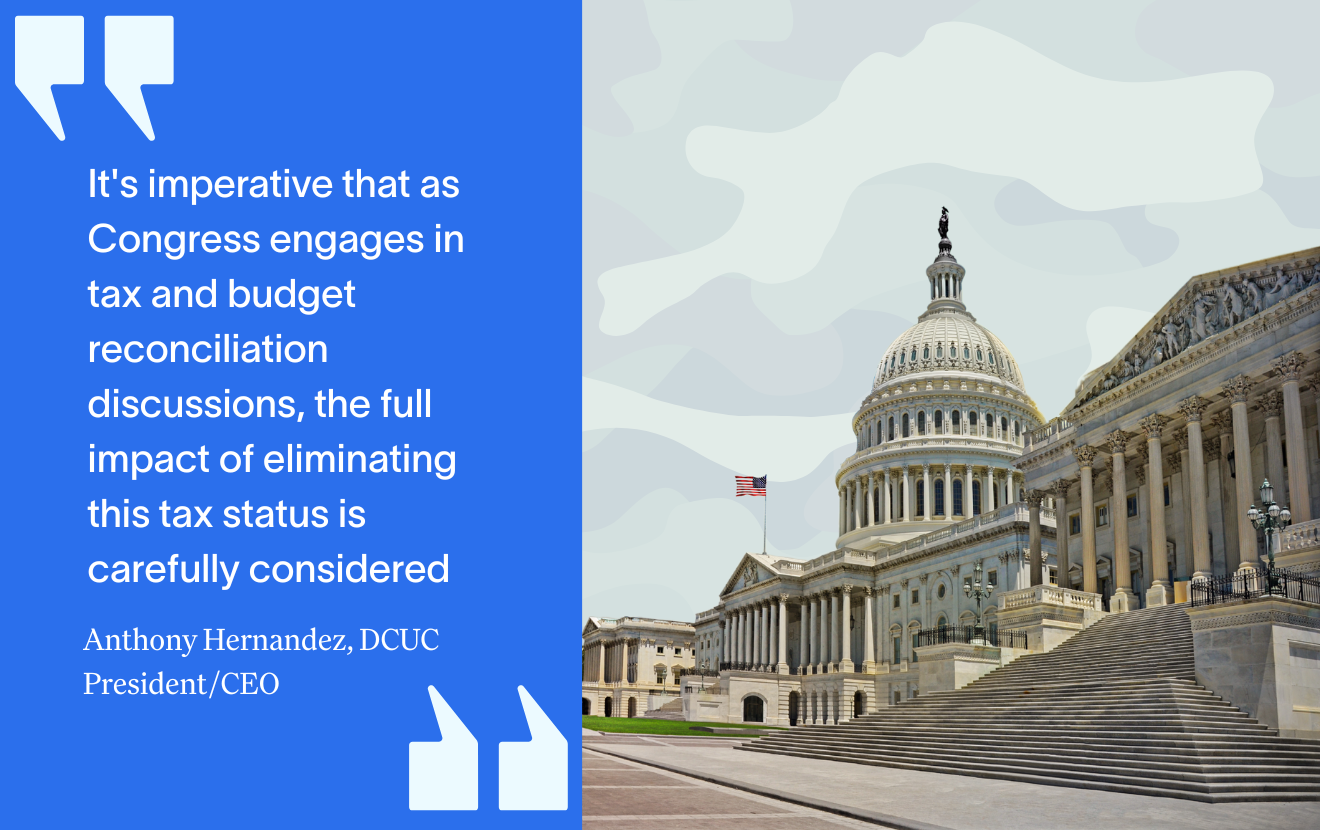The Senate Finance Committee has released its Economic Security tax reform option paper containing a laundry list of retirement savings incentives among the possible tax reform options. The non-exhaustive list is just the latest indication that retirement savings incentives will be scrutinized as part of efforts to reform the tax code, in part because their cost to the Treasury is second only to the cost of the exclusion of employer contributions for healthcare.
Earlier this year, Senate Finance Committee Chairman Max Baucus (D-MT) and Ranking Member Orin Hatch (R-UT) laid out a series of discussion topics to set the stage for comprehensive tax reform. Over the past several months, the Finance Committee has been meeting weekly to discuss the tax reform option papers drafted by the majority and minority committee staffs to determine which options they may want to consider as part of comprehensive tax reform.
The option papers have covered a wide array of issues from across the tax code, including simplifying the tax system for families and businesses; business investment and innovation; infrastructure, energy, and natural resources; international competitiveness; and economic and community development. The Economic Security paper is the seventh in a series of papers and focuses on health, retirement, life insurance, fringe benefits, and executive compensation.
The Economic Security paper lists the following nine retirement reform options.
- Limit or eliminate tax preferences for retirement savings. These include options to reduce limits on tax-preferred contributions to retirement plans and IRAs, cap the value of deductions and exclusions for defined contribution plans, eliminate “catch-up” contributions for those ages 50 and older, cap the total amount of assets that can be accumulated in IRAs and qualified retirement plans held by individuals, require inherited IRAs to be distributed within five years, and repeal non-deductible IRAs.
- Replace deductions, exclusions, and credits for retirement savings with a single refundable tax credit.
- Increase retirement savings incentives. This includes options to expand the saver’s tax credit and make it refundable, and to expand the credit for small employer pension plan start-up costs from $500 to $1,000.
- Attempt to increase the effect of tax expenditures for retirement savings on retirement security. Options include requiring employers that do not sponsor a retirement plan to automatically enroll their employees in an IRA (i.e., the “automatic IRA”), revising the automatic enrollment safe harbor for retirement plans to encourage more savings, increasing the use of retirement savings to purchase life annuities or long-term care insurance, and expanding the defined contribution rules for long-term, part-time workers.
- Simplify the process of selecting and administering a plan for employers. This includes options to consolidate existing plan options for employers into a single plan with a single set of administrative rules, consolidate existing retirement accounts, consolidate Traditional and Roth IRAs into a new tax-preferred lifetime retirement savings account, reduce and streamline the number of required notices by plan sponsors, and update rules to better accommodate electronic delivery of notices.
- Establish new plan options for employers, including multiple small employer plans.
- Reduce “leakage” from retirement plans. This includes options to prohibit individuals from withdrawing some portion of funds in defined contribution plans and IRAs prior to retirement, extend the time to roll over loan offset amounts, extend the rollover period for defined contribution plan loan amounts outstanding when employment is terminated, and ban 401(k) debit and credit cards.
- Allow more flexibility in distributions from retirement plans. Options include expanding penalty-free withdrawals from qualified retirement plans and IRAs, relaxing the distribution limits for SIMPLE IRA plans and conforming the contribution limits to those of 401(k) plans, and eliminating the required minimum distribution rules for individuals with retirement plan balances of less than $100,000.
- Make available other long-term savings vehicles, such as a “lifetime savings account” for each child born in the U.S., funded with an initial federal government contribution, or an expanded section 529 plan to give individuals with disabilities and/or their families access to tax-preferred savings.
The retirement savings incentives described in the Economic Security paper represent prominent tax reform options that have been suggested by witnesses at the Finance Committee’s many hearings on tax reform, bipartisan commissions, tax policy experts, and members of Congress. As the paper is simply a compilation of the ideas put forth to date, many of the options conflict with other suggested options, and do not necessarily reflect the views of the Senate Finance Committee members. It does however, give us an idea of the framework around which tax reform will take place, and the fact that everything—including retirement savings incentives—is on the table.
With Congress now back in session after its Memorial Day recess, spending bills, defense authorization, action on student lending, and further scrutiny of the IRS is likely to dominate the Congressional calendar, but key members of the Senate Finance Committee and House Ways and Means Committee have indicated that these other issues will not sidetrack work on comprehensive tax reform. No action has been taken to date, but if, as part of comprehensive tax reform, Congress acts to restrict IRA deductibility, or limit the ability of higher income households to contribute to IRAs, credit union IRA programs and their IRA owners would likely be negatively affected. The Pandora’s Box of comprehensive tax reform has been opened, and as in Greek mythology, the consequences are likely to be far-reaching.







